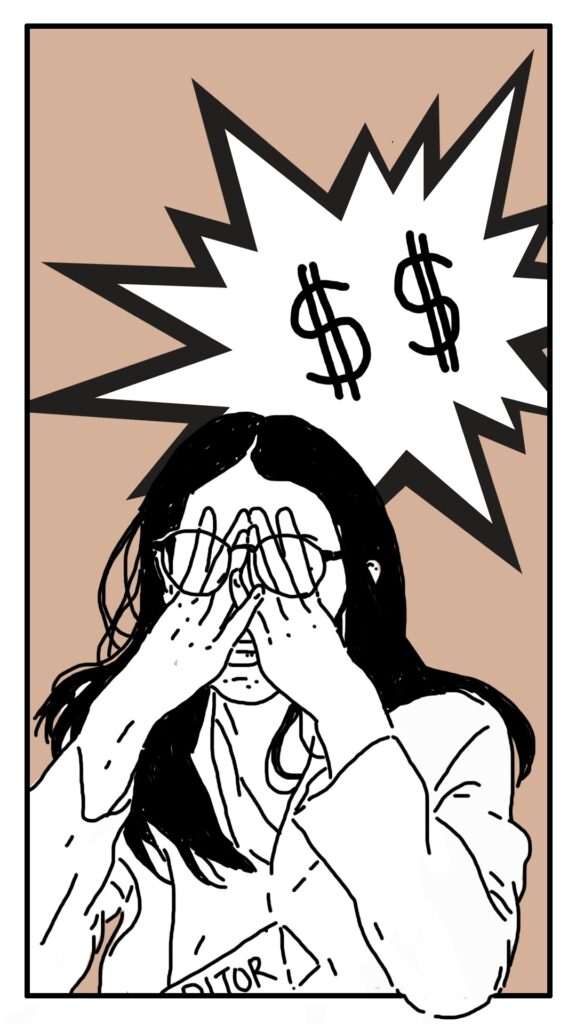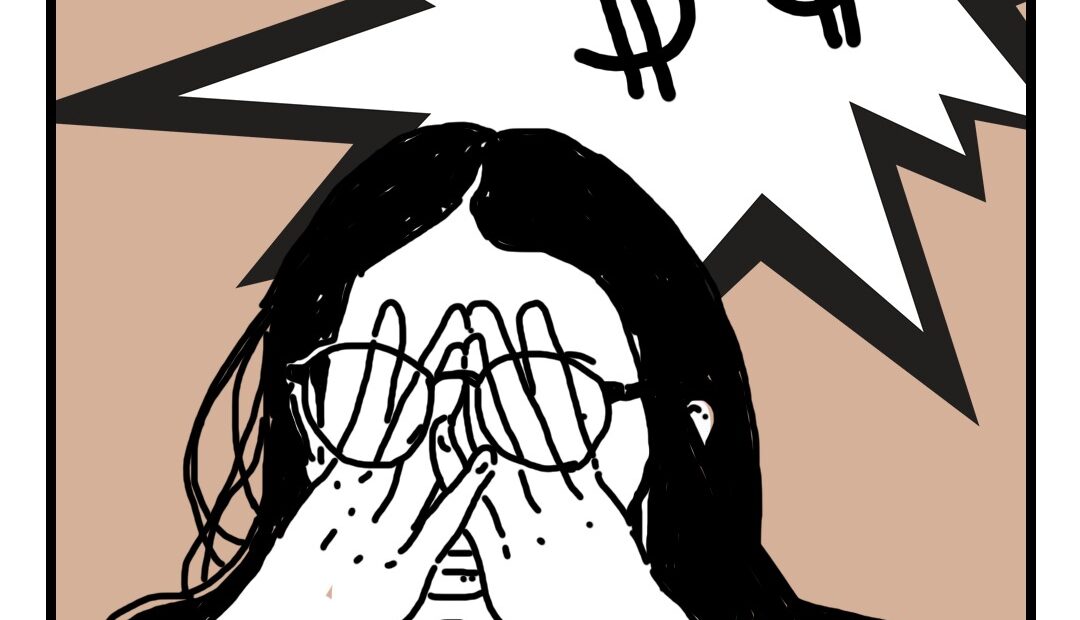The Hoser, The Breach, The Green Line, and The Walrus find alternative funding models to protect editorial directives and pay writers
“One of the big reasons why I have diversified my funding is so that I am not beholden to one or two funders,” says Anita Li, founder of The Green Line. “I never want to be in that position.”
The influence of funding has been a long-standing ethical conversation in professional journalism. In particular when it comes to one of journalism’s oldest sources of funding, advertising. A journalist’s job is to critique the world around them, whether the publication is not-for-profit, for-profit or charity. Where the money comes from can influence the biases and perspectives of the work.

The newspaper, as we know it today in North America, has had advertisements as far back as 1704, with the first issue of The Boston News-Letter. Fast forward to the mid-twentieth century, where “it was sacrilegious for advertising to be in the editorial room,” says Kevin Taghabon, one of the founders of The Hoser, a GTA-based publication.
However, the relationship between editorial and advertisers is changing. Four of Toronto’s local publications have developed models that allow them to operate effectively and pay their writers at competitive market rates, all without running third-party advertisements.
Crowdfunding, Union Donations, and Grants
The Hoser, a local news and opinion outlet, was able to launch by tapping into various sources of funding, including crowdfunding, union donations, and grants from institutions such as Northwestern University. What’s tricky about this kind of funding, says Taghabon at the Hoser, is that the money is given to individual projects like its Grocery Tracker. “There are no grants to cover operating costs.”
Grants are not the only alternative method to funding journalism. The Green Line, an outlet launched the same year as the Hoser, operates on a funding model similar to a civic partnership, which is when a news outlet partners with civic organisation such as grassroots and community groups, to diversify sources of funding.
“The way we fund matters a lot,” says Li. “I don’t think business imperatives should ever impact editorial imperatives.”
The Green Line has eleven different sources of funding, with the majority coming from partnerships. None are advertising-based. “There is still room for advertising in journalism,” says Li, but at the Green Line, “it isn’t a priority.”
Reader Memberships
The Breach moves away from a reliance on advertising revenue by operating largely on funds generated by reader memberships.“Moving away from advertising has its benefits if your readers continue to fund you,” says Taghabon. According to the Breach’s 2022–23 transparency report, 47.4 per cent of its funds came from member sustainers. This term refers to readers who choose to directly support the Breach with monthly or one-time donations.

“There are so many ways funding can affect things,” says Dru Jay, a co-founder and publisher of the Breach, and a board member of the Canadian Journalism Collective. The Breach produces critical, paywall-free journalism but adds incentives for its paying readers. The publication can produce nationally relevant topics such as drug price reform using this funding model.
Philanthropic Endeavours
The last funding model that is not nearly as common in Canada as in the United States, is charity. The Walrus, housed in a former bicycle factory in Toronto, operates under an official charitable status. According to Laura Lavie, the magazine’s head of philanthropy, roughly 40 per cent of the Walrus’s revenue comes through philanthropic endeavours. Other funding includes donations from corporations, individuals, and events organized by the publication. The difference between the philanthropy and membership models is that donations are not made with the expectation of incentives.
“We are in a tricky moment, but a moment filled with possibility,” says the Breach’s Jay when looking at the future of funding journalism. “If we can find the right combination of public and reader funding, we can build something different.”
Journalism is not dying, and according to Li, it is just “going through another evolution.”
About the author
Charlotte is not from Toronto but now calls it home. With a background in multimedia, journalism is a new passion for her. She has worked independently for The Otter, The Eyeopener and interned at The Investigative Journalism Bureau, with her main journalistic interests being protest coverage, investigative journalism and media criticism. If she is not answering your calls, her phone is either dead or in her pocket while she rides her bike.



